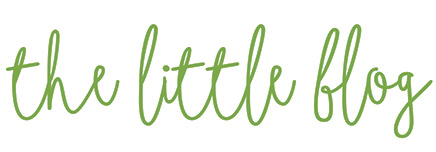Researchers have found that babies don’t start processing the individual sounds of speech—known as phonetic information—reliably until they’re around seven months old. This, they say, is too late for it to form the foundation of language development.

“This is the first evidence we have of how brain activity relates to phonetic information changes over time in response to continuous speech,” explains Professor Giovanni Di Liberto.
So, what does this mean for parents? According to the researchers, you should start speaking to your baby using sing-song speech, like nursery rhymes, right from the beginning. Babies, they say, learn languages through the rhythm of speech in the first few months, rather than through phonetic sounds.
Phonetic information, which refers to the smallest sound elements in speech (like letters of the alphabet), has traditionally been thought of as the foundation of language. The idea was that babies learn these sounds early on, then combine them to form words. However, this new study suggests that phonetic information is learned too slowly and too late for it to be the true building block of language.
Instead, rhythmic speech helps babies by emphasising where one word ends and the next begins. And it’s effective right from the early months of life.
Researchers from the University of Cambridge and Trinity College Dublin investigated how well babies can process phonetic information during their first year. Their study, published in Nature Communications, found that babies don’t start encoding phonetic information properly until around seven months old. Even at 11 months, when many babies are saying their first words, their ability to process phonetic sounds is still quite basic.
“Our research shows that the individual sounds of speech are not processed reliably until around seven months, even though most infants can recognise familiar words like ‘bottle’ by this point,” says Professor Usha Goswami, a neuroscientist at Cambridge. “From then, individual speech sounds are still added in very slowly—too slowly to form the basis of language.”
To track this, the researchers recorded brain activity in 50 babies at four, seven, and eleven months while they watched a video of a primary school teacher singing 18 nursery rhymes. The researchers analysed the brainwave patterns using a special algorithm, which gave a readout of the phonological information the babies were processing.
What they discovered is that babies start processing phonetic sounds gradually, beginning with labial sounds (like « b » for « baby ») and nasal sounds (like « m » for « mummy »). Over time, their brain activity starts to look more like that of adults.
As Professor Di Liberto puts it: “This is the first evidence we have of how brain activity relates to phonetic information changes over time in response to continuous speech.”
This research is part of the BabyRhythm project, led by Goswami, which explores how babies learn language and its links to dyslexia and developmental language disorders. Goswami believes it’s not phonetic sounds, but the rhythm of speech—the stress on different syllables and the rise and fall in tone—that is crucial for babies learning a language.
In a related study, the researchers found that babies as young as two months old were already processing rhythmic speech patterns, and these early abilities were a good predictor of how well they’d develop language later on.
“We believe that speech rhythm information is the hidden glue underpinning the development of a well-functioning language system,” says Goswami. Babies use rhythm as a kind of scaffold to start understanding speech, she explains. For example, they might learn that in English, words often follow a strong-weak rhythm, like in ‘daddy’ or ‘mummy,’ with stress on the first syllable. They use this pattern to figure out where one word ends and another begins.
That’s why Goswami encourages parents to talk and sing to their babies. “Parents should talk and sing to their babies as much as possible or use infant-directed speech like nursery rhymes because it will make a difference to language outcome.”
She adds that rhythm is a universal part of all languages. “In all language that babies are exposed to, there is a strong beat structure with a strong syllable twice a second. We’re biologically programmed to emphasise this when speaking to babies.”
This new perspective also has implications for understanding conditions like dyslexia and language disorders. For years, these issues have been explained as problems with phonetic processing, but Goswami believes rhythm may hold the key to explaining the individual differences in children’s language development.
The study was funded by the European Research Council and Science Foundation Ireland.
Source: this is based on a press release we found on the website of the University of Cambridge.
